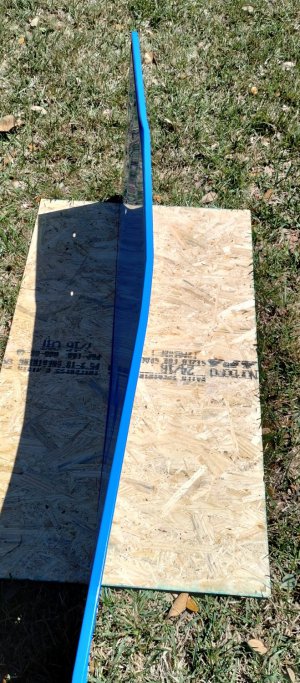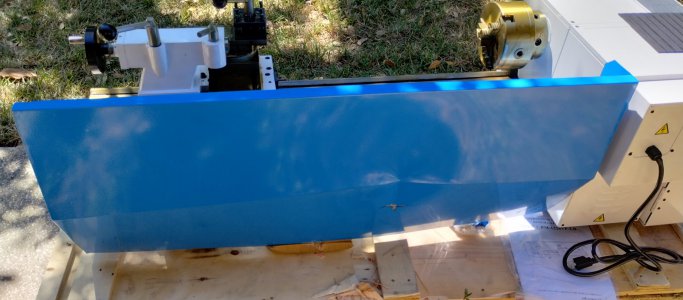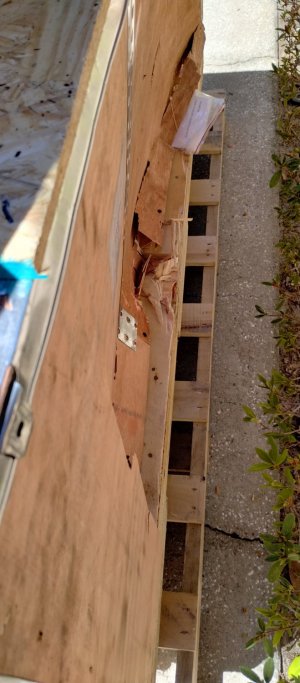- Joined
- Dec 20, 2012
- Messages
- 9,422
It's no different rotating the chuck manually. Hopefully your question is rhetorical, but if not, Is there a problem with my inquiring of PM regarding why I can't duplicate in similar fashion what there are countless numbers of other lathes doing in the exact same test, including others like my own, deliver a steady, repeatable readout on a DTI?
I'm actually trying to help, and the readings you get under power are going to be very different from those derived under controlled conditions. Quite often guys have found a spindle with big run out numbers observed under power have very good run out numbers when measured properly, as I suspect will be the case here. This is why I questioned whether there is actually a problem here; unless you measure it properly, how do you know?
I'll leave this to you from here, maticulus.




